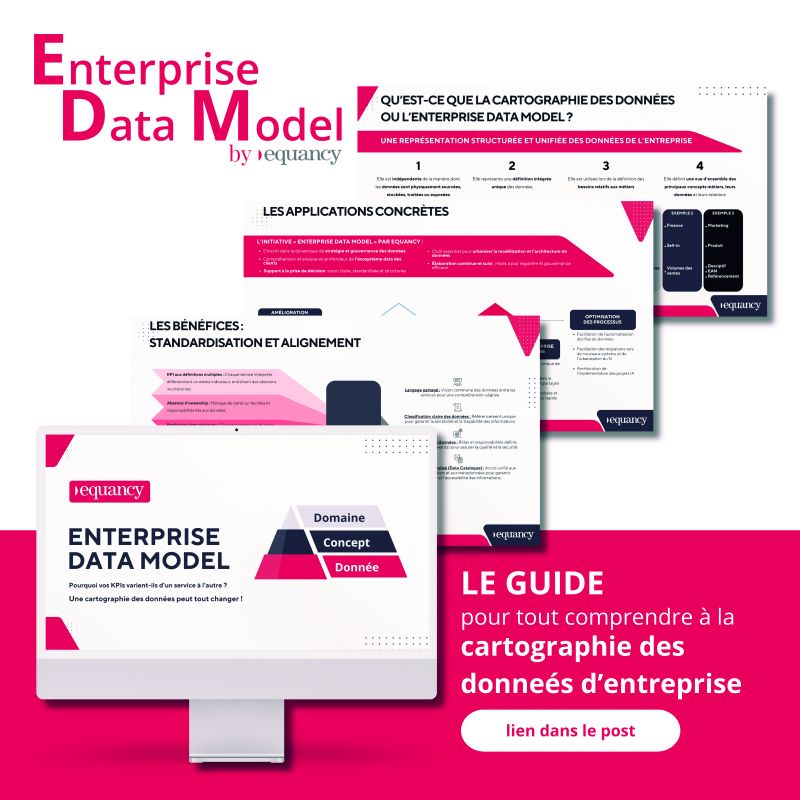Retail trend 2023 - From conversation to conversion, clienteling crosses the line
When predicting new trends, it is often the case that the left and right brain oscillate between trends arising from technology, data and AI, and the return in force of relationships, humanisation and emotion. In 2023, it is because it synchronises these 2 oscillations, that it unifies - in an App put in the hands of the salespeople - the contributions of data and the relational talent of the salesperson that CLIENTELING will be the major trend of the year.
The ambition of sales teams has always been to have in their hands the hot, relevant, ultra-accessible information to make or avoid missing a sale. The vocation of CRM has always been to reproduce en masse - but remotely and via campaign tools - the same degree of recognition and personalisation, the same quality of relationship that a customer has with the sales assistant in his local shop.
New context, new practice
Confinement has taken the salesperson outside the walls. To accompany this movement and succeed in selling without traffic in the shop, the clienteling app has exploded.
In 2021, the growth of sales via clienteling has increased by 30%*. In the LVMH group, 80% of sales staff are now equipped with it**. Retailers who have implemented a clienteling strategy have seen an average increase of 35% in the rate of second purchases***. By 2022, the trend will have become established and will extend to all sectors: luxury goods, of course, but also distribution, hotels, insurance, BtoB, etc. For some clients, this channel accounts for up to 20% of sales in the luxury fashion sector and 10% of sales in beauty. So much so that today, the sales consultant spends between 20 and 30% of his time managing his customer portfolio on his clienteling app.
For the salesperson, it's a paradigm shift. His or her unit of action (and responsibility) is no longer the customer's visit to the shop, but all his or her purchasing intentions and on all channels. Once the "visit with purchase" has taken place, he must now visualise when, on which channel, for which product with which reason and which offer he will contact his customer again.
By providing front office staff (salespeople, telephone advisors, concierges, etc.) with the necessary tools and customer knowledge (preferences, purchase history, communications received, product pages consulted, product recommendations, etc.), clienteling enables them to increase the relationship, boost commitment and conversion at each interaction.
Thus, from conversation to conversion, clienteling takes a step forward.
To seize this undeniable business opportunity in 2023, what are the 4 challenges to be met in order to succeed with a clienteling strategy?
1°/ Achieving system interoperability
Behind the mobilisation of decisive information to support, serve and sell, the first challenge is technical. Accessing the history of purchases, bouncing back to the last product pages consulted on the site or clicked on in an email, having the product's technical data sheet available (with the latest customer reviews if possible) and viewing the available stocks live... requires system interoperability. In addition to this first challenge, the implementation of all the functionalities capable of making the remote sales process more fluid: virtual consultation, access to the sales assistant's diary to make an appointment, sending the payment link by SMS (pay by link), not forgetting the adaptation to the international context where Whatsapp, WeChat, Line or Kakaotalk are becoming the front lines of customer engagement.
2°/ Putting the sales advisor back at the centre of the customer relationship.
The aggregation of data and the power of algorithms is not everything. In order to provide the ultimate in personalised service, sales advisors have a key role to play: in terms of empathy, in terms of customer support in shop or online, and in terms of emotion. The more embodied and decentralised the relationship, the more impactful and emotionally charged it will be. Putting the salesperson back at the centre of the relationship means entrusting him or her with "the keys to CRM". Operationally, this means giving them visibility on what the customer will receive, giving them the opportunity to take control of the sending of this or that communication, to personalise it or not, to make them choose the best contact channel, and to push lists of hot customers to be transformed or cold customers to be recontacted every day.
3°/ Train, train, train.
Beyond the intuitu personae relationship that every salesperson masters, he or she will have to learn to enrich it with the statistical intelligence that clienteling brings. Trusting and dealing with recommendation algorithms, scripting a product that is sometimes unexpected in the sales pitch, adjusting one's speech to the customer's potential and segment, requires a certain amount of letting go and great relational agility. Letting go and... "at the same time" discipline in the notification of customer events at each interaction, discipline in the recording of actions taken (reminders, product or sample proposals, sending tutorials on the use of the product), discipline in the updating of the customer file. Finally, setting up a Whatsapp appointment with a customer, carrying out a consultation via mobile, making a distance sale, finalising the transaction by reassuring the customer that he or she can pay via a link sent by SMS, cannot be improvised. While (good) tools are needed to help with the sale, support for use remains a challenge to be met in order to transform the sales assistant into an "augmented advisor" and to avoid the traditional rejections linked to new practices as well as to the extension of responsibilities.
4°/ Anticipating the HR challenge
With clienteling and the delegation of CRM to the sales advisor, the availability of the salesperson and non-sales interactions become more impactful than ever. It is not only a question of selling but also of maintaining, nurturing and developing the relationship. This means knowing how to be there when it counts, but also making themselves available when the customer wants them, to buy or... not to buy. HR issue 1: redefine remuneration schemes and the resulting performance AND customer satisfaction indicators.
HR issue 2: knowing how to size the customer portfolio entrusted to the salesperson. Mentally, a sales advisor knows and manages 50 customers at his fingertips (he knows his preferences, his latest purchases, his household, etc.). Beyond 50, the brain is unable to welcome and advise customers in a personalised way. With clienteling, how many clients can we increase: 250, 500, 1,000, 2,000? And is this portfolio size the same for each sector, fashion, beauty, household appliances, insurance, BtoB? At Thread, for example, the development of their AI-based algorithm for recommending personalised clothing looks allows stylists to advise not 50 but up to 10,000 customers****. Seeing too large means that the salesperson risks being overloaded and harassed... and the customer risks being badly accompanied, badly recognised and badly served. Thinking too small means missing out on the "long tail", i.e. the 70% of customers who often represent up to 50% of turnover in retail.
Finally, the third HR challenge is to focus on sales advisors, which means attracting, retaining and pampering them, and therefore strengthening the attractiveness of the employer brand. The sociologist Jérôme Fourquet***** notes that "being attentive to customers is extremely demanding; it also contributes to a process of exhaustion among some of the employees concerned". The more "augmented" the salespeople are, the more agile, efficient and indispensable they will be in the eyes of their customers, and the more value they will have for the brand... but also for the market.
* Source: EQUANCY customers
** Source: intervention Franck Le Moal Group Information & Technology Director LVMH Masterclass HubForum 11/10/2022
*** Source: Customer Experience Magazine April 2022
**** NDLR - Since Mark & Spencer bought the brand and its technology in November 2022
***** Source: Author of "La France sous nos yeux" - in Les Echos, 6 & 7 January 2023.
Bertrand Destailleur
Associate Customer Experience




